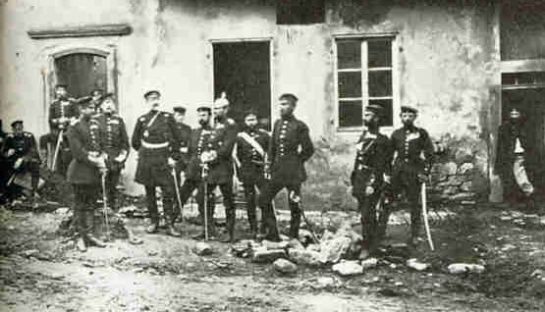The Pitfalls of Rewriting History Instead of Learning From It
The Pitfalls of Rewriting History Instead of Learning From It
In the realm of agile approaches to software development, and more broadly, enterprise agility, practitioners – agilists – often favor innovating and crafting new solutions rather than understanding and learning from historical precedents. While the spirit of continuous improvement and adaptability is commendable, we might choose to avoid the pitfall of rewriting history instead of learning from it. A vivid example of this can be seen in the historical implementation of the Prussian military command method known as Auftragstaktik.
Lessons from Prussian Auftragstaktik
Auftragstaktik, or “mission command,” signifies a departure from hierarchical, top-down command systems to a more decentralised decision-making process. In many ways, this approach parallels the Agile philosophy, empowering teams with the intent and resources and entrusting them to make execution-related decisions. However, the Prussian implementation of Auftragstaktik faced significant challenges, ones that Agile teams can learn from today.
- Cultural Shift: The Prussians had to move away from the traditional command-and-control structures to empower their lower-level officers, much like Agile teams today. This process is not merely a structural change; it’s a significant cultural shift requiring patience, dedication, and a consistent organisational vision.
- Education and Training: The Prussians addressed the challenge of skills and competency by investing heavily in officer training at the War Academy. Similarly, Agile teams might choose to invest in continuous learning and professional development to equip their members with both the necessary skills and context to make informed decisions.
- Trust and Discipline: For Auftragstaktik to work, there had to be high levels of trust and discipline within the ranks. Effective Agile teams also need to build trust, along with a culture that rewards initiative while expecting responsibility for outcomes.
- Communication: Clear and concise communication was critical in implementing Auftragstaktik. Likewise, Agile teams might choose to foster transparent communication channels to ensure that all members are aligned and informed about the team’s strategic objectives.
- Risk Management: The Prussian system accepted the risks involved with decentralised decision-making by devising contingency plans and extensive training. Agile teams might choose to also have solid risk management strategies in place to handle unexpected or undesirable outcomes.
Long Lineage
By studying historical examples like Auftragstaktik, companies seeking agility can gain valuable insights and avoid the unnecessary rewriting of history. We might choose to appreciate that Agile is not a novelty, but rather part of a long lineage of systems that leverage decentralisation , self-organisation, and empowerment to achieve objectives. Rather than disregard history, those seeking agility could do well to learn from it, using the lessons of the past to inform their practices and navigate their future.

